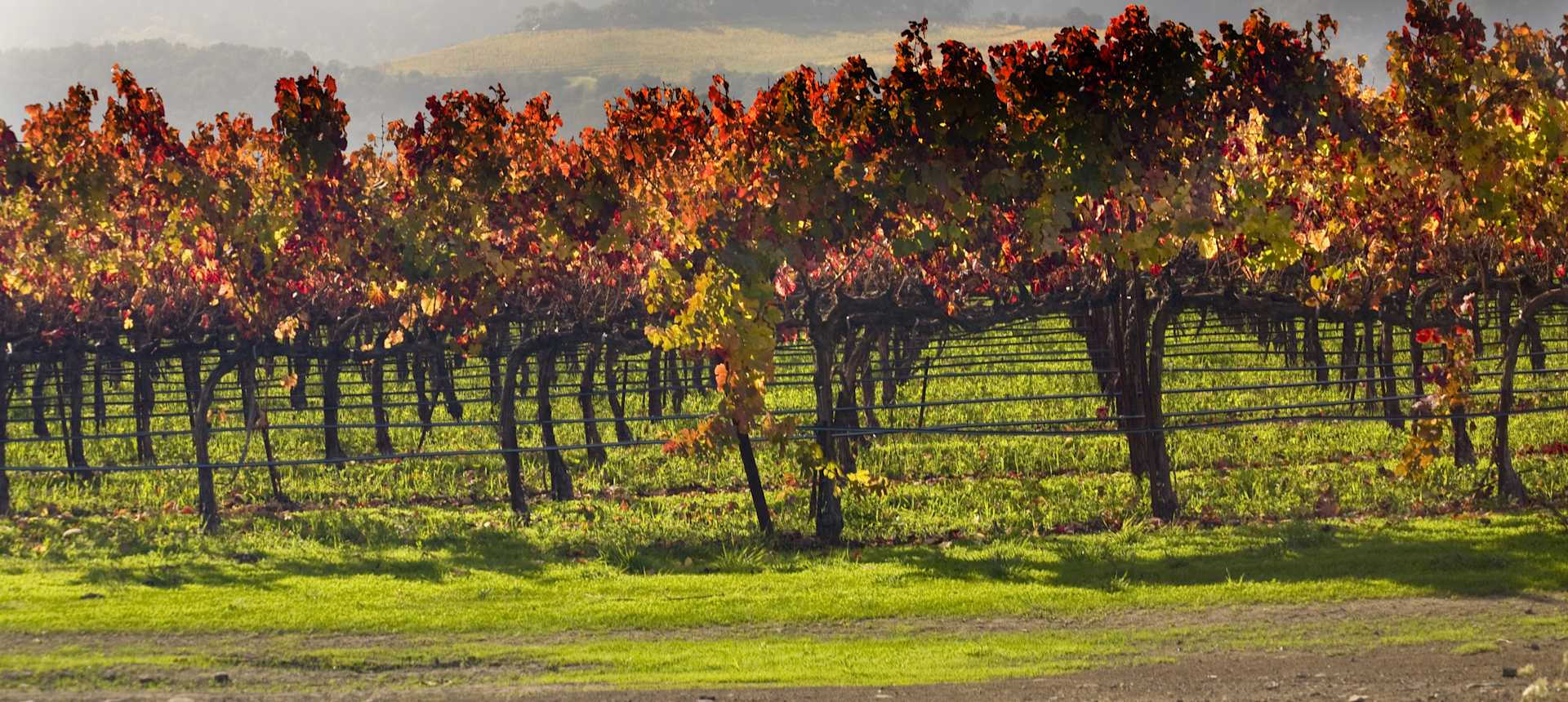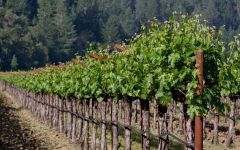Freemark Abbey Chardonnay 2022
-
James
Suckling -
Jeb
Dunnuck -
Robert
Parker



Product Details
Your Rating
Somm Note
Winemaker Notes
Chardonnay thrives in the cool climates of their vineyard sites near the bay. This terroir creates a wine with aromas of Honeycrisp apple, brioche, white flowers, and Meyer lemon zest. The palate is a playful balance of rich and creamy textures with vibrant acidity. Flavors of Anjou pear, tropical fruits, hazelnut, vanilla, and oak spices round out its appeal; making it suited to enjoy on its own or pair well with a wide range of dishes.
Blend: 100% Chardonnay
Professional Ratings
-
James Suckling
Very aromatic and bright with some honeysuckle and lemon with some chalk and stone. Medium body with a creamy texture and a long and flavorful finish.
-
Jeb Dunnuck
Coming all from Carneros and Coombsville and aged in 43% new French oak, the 2022 Chardonnay Napa Valley is medium gold-hued and has a gorgeous perfume of honeyed tangerine, exotic flowers, and subtle baking spice notes in a medium-bodied, layered, rounded, beautifully textured profile on the palate.
-
Robert Parker's Wine Advocate
A blend of fruit from Carneros (60%) and Coombsville (40%) and barrel fermented in 43% new French oak, the 2022 Chardonnay features subtle buttered toast notes, paired with pear, melon and pineapple fruit. Medium to full-bodied, with partial malolactic fermentation, this plump, round wine is pretty standard Napa stuff but done really well.
Other Vintages
2023-
James
Suckling
-
Wine
Enthusiast
-
James
Suckling -
Jeb
Dunnuck - Decanter
-
Robert
Parker
-
James
Suckling -
Jeb
Dunnuck -
Robert
Parker
-
Jeb
Dunnuck -
Wine
Enthusiast -
James
Suckling
-
Robert
Parker -
James
Suckling
-
Robert
Parker
-
Wine
Enthusiast -
James
Suckling -
Robert
Parker
-
Robert
Parker -
Wine
Enthusiast
-
Robert
Parker
-
Robert
Parker
-
Wine
Enthusiast
-
Wine
Enthusiast -
Robert
Parker
-
Wine
Enthusiast
-
Wine
Spectator







The history of Freemark Abbey began in 1886, when Josephine Marlin Tychson became the first woman to build and operate a winery in California. The historic site where Josephine's winery, Tychson Cellars, once stood is now known as Freemark Abbey.
Josephine, a native of San Lorenzo, California and her husband, John Tychson, a Danish immigrant, moved to St. Helena in 1881. For $8,500, they purchased 147 acres north of St. Helena, which later became known as "Tychson Hill".
Shortly after her husband's untimely death, Josephine began construction of a fifty square foot redwood winery which would grow to hold a capacity of about 30,000 gallons. In addition, she hired Nils Larsen, an experienced vintner, as her foreman. Josephine successfully produced wine for the next eight years and then sold the winery to Larsen in 1894. In turn, Larsen leased the winery to Antonio Forni, a good friend of Josephine's. Forni later purchased the property in 1898. Forni is responsible for building a new winery on the old site of the Tychson structure.
In the years that followed, Freemark Abbey went through a period of several different owners until 1966, when a group of partners purchased the winery.
Ted Edwards is one of the longest tenured winemakers in Napa Valley. After forty years as director of winemaking at Freemark Abbey, Ted transitioned to the role of Winemaker Emeritus in 2020. In his new role, Ted is charged with ensuring the Freemark Abbey wines retain the continuity of style and excellence that the winery has built its reputation on. He continues his involvement in all aspects of winemaking and vineyard practices, and more, imparting his wealth of knowledge and experience with winemaker Kristy Melton.
Kristy Melton has more than a decade of experience crafting wines with structure, finesse, and age-worthiness. Before joining Freemark Abbey, Kristy held winemaking roles at several Napa Valley and Sonoma County wineries including Clos Du Val, Bootleg, Kendall-Jackson, Saintsbury, and others. In her role as Director of Winemaking at Napa Valley’s iconic Clos Du Val, her exceptional ability to craft modern wines of balance and elegance was widely credited for the winery’s reemergence as a leader in Napa Valley Cabernet Sauvignon production.

One of the most popular and versatile white wine grapes, Chardonnay offers a wide range of flavors and styles depending on where it is grown and how it is made. While it tends to flourish in most environments, Chardonnay from its Burgundian homeland produces some of the most remarkable and longest lived examples. California produces both oaky, buttery styles and leaner, European-inspired wines. Somm Secret—The Burgundian subregion of Chablis, while typically using older oak barrels, produces a bright style similar to the unoaked style. Anyone who doesn't like oaky Chardonnay would likely enjoy Chablis.

One of the world's most highly regarded regions for wine production as well as tourism, the Napa Valley was responsible for bringing worldwide recognition to California winemaking. In the 1960s, a few key wine families settled the area and hedged their bets on the valley's world-class winemaking potential—and they were right.
The Napa wine industry really took off in the 1980s, when producers scooped up vineyard lands and planted vines throughout the county. A number of wineries emerged, and today Napa is home to hundreds of producers ranging from boutique to corporate. Cabernet Sauvignon is definitely the grape of choice here, with many winemakers also focusing on Bordeaux blends. White wines from Napa Valley are usually Chardonnay and Sauvignon Blanc.
Within the Napa Valley lie many smaller sub-AVAs that claim specific wine characteristics based on situation, slope and soil. Farthest south and coolest from the influence of the San Pablo Bay is Carneros, followed by Coombsville to its northeast and then Yountville, Oakville and Rutherford. Above those are the warm St. Helena and the valley's newest and hottest AVA, Calistoga. These areas follow the valley floor and are known generally for creating rich, dense, complex and smooth red wines with good aging potential. The mountain sub appellations, nestled on the slopes overlooking the valley AVAs, include Stags Leap District, Atlas Peak, Chiles Valley (farther east), Howell Mountain, Mt. Veeder, Spring Mountain District and Diamond Mountain District. Napa Valley wines from the mountain regions are often more structured and firm, benefiting from a lot of time in the bottle to evolve and soften.
